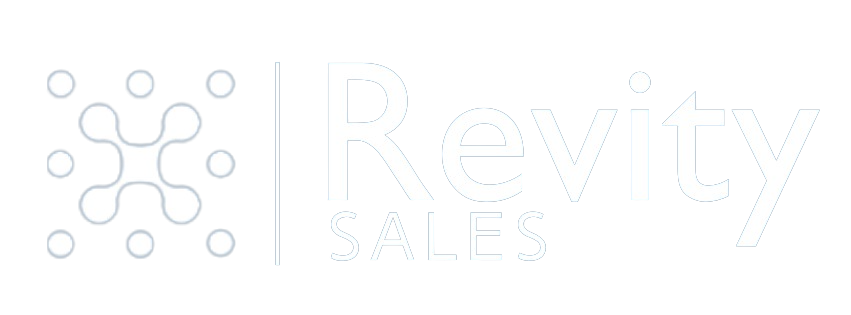How to Select an Appointment Setting Company


April 5, 2024 | Written by Tom Callinan
You’re excited: you spent two weeks talking to lead generation and appointment setting companies and you decided to go with the company that promised you the most appointments. Now you’re going to be off to the races.
Your new company books your first appointment on day three, with a K-12 school district with 150 users. They’re ecstatic: You not-so-much. You’ve seen this movie before and even if there is an opportunity at the district, they’ll need to go through the public bid process and they’ll go with the lowest bidder, probably below your cost. Two weeks later they book your “second” appointment, this one with a company that has two years left on their agreement with their current MSP but “they wanted to see what you had to offer.” It’s with the office manager. You’re beginning to wonder if you made a mistake and discuss, again, the types of companies that fit your ideal profile and the correct decision maker. The third appointment comes across your calendar a week later, a national company with 2,500 users that has outsourced projects in the past and you’ll be speaking with the help desk manager.
Now you are confident that you made a mistake, but you are reasonable and want to discuss a change in focus to qualified appointments over the next 30 days or you’ll want to cancel your contract. During the discussion the company lets you know that you have a 12-month non-cancellable agreement. They also spend time trying to convince you why the three appointments they booked were solid and you should not view them in a negative light: There are no bad conversations in their opinion. You wonder how you got into this situation.
Quality over Quantity:
If you are deciding on “cost per lead” you are setting yourself up for failure. It might sound counter intuitive but if you thought about it booking an unqualified appointment is a lot easier than booking a qualified appointment. A salesperson can get an office manager to take an appointment because he/she doesn’t value their time like a CEO. A CEO isn’t going to take an appointment so that you can introduce yourself and your company unless there is a need for your product or service. Moreover, if you are focused on quantity then the company has an incentive to deliver quantity. In a quantity approach you waste your time and the money you spend with the company booking these unqualified appointments.
Quality Appointments provide ROI:
There is only one way you’re going to get an ROI and that’s if the company you hire sets appointments that move forward to a next step. If 75%+ of your appointments are not moving forward, then you are not getting qualified appointments. If the appointment was quality, defined as with the decision maker and a need being present, then there is no reason why you would not get a next step. Closing the opportunity is 100% on you but a clear sign of a quality appointment is you moving to some type of assessment after your discovery call.
Do you have a Sales Professional making calls:
Did you ever hire for a sales position? How successful were you? I know sales managers that have been in their job for 10+ years that still have almost 100% annual turnover hiring salespeople. Telemarketers are not salespeople. That nice woman in the Philippines is not a salesperson. That semi-retired guy working from home is not a salesperson. How do you know if the company you are engaging hires people that work full-time in an office and are sales professionals? Go to the company’s LinkedIn homepage and look at the employees. Pick five of their employees with the title that will be calling for you and look at their employment history and location. Are they salespeople and do they work in an office with other salespeople so that they can learn and stay motivated?
Do they have a Tech Stack:
The basic tech stack for an SDR is a CRM, list company, LinkedIn Sales Navigator, dialing software, and email software. There may be specialized databases for certain verticals, such as Reonomy for commercial roofing. We use HubSpot CRM, ZoomInfo for lists, each SDR has LinkedIn Sales Nav, Kixie for calling, Klenty for email and CallRail for a local phone number. One of the primary drivers of our choices was integration, and all our tech integrates with HubSpot, so we have a single repository of information for our SDR and client. Most of the software in the space is well developed so the brands aren’t as important as the fact that they have all the components to run a successful campaign.
How will you stay Informed on Progress:
Highly qualified appointments are the goal, yet it takes a pipeline to get to that point. The first time you talk to a prospect they are usually reluctant to give you information. They know from their experience that it is the rare salesperson that will call them back, so they simply want to get you off the phone and be done with you. It’s important to get some information on this call so that you can open the second call with information, which lets the decision maker know that you’ve spoken before. Each call builds more trust and more information. You should get regular pipeline reviews, at least bi-weekly, so that you can see the quality of information your SDR is building and verify they are speaking with decision makers.
No Contract:
If you hired a salesperson, would you give them an employment contract? Not a chance. Why then do you outsource your sales front-end and sign a contract? If the company you hire is confident that they can sell, why do they want to lock you into a contract? That’s an easy answer—they aren’t confident they can sell. Never sign a contract with an appointment setting company.
Summary
• Focus on ROI not cost per lead.
• Hire a company with true sales professionals.
• Ensure they have invested in a tech stack to support their efforts.
• Insist on qualified leads with your ideal customer.
• Get regular updates on progress.
• Don’t sign a contract.
• Talk to us: www.revitysales.com
